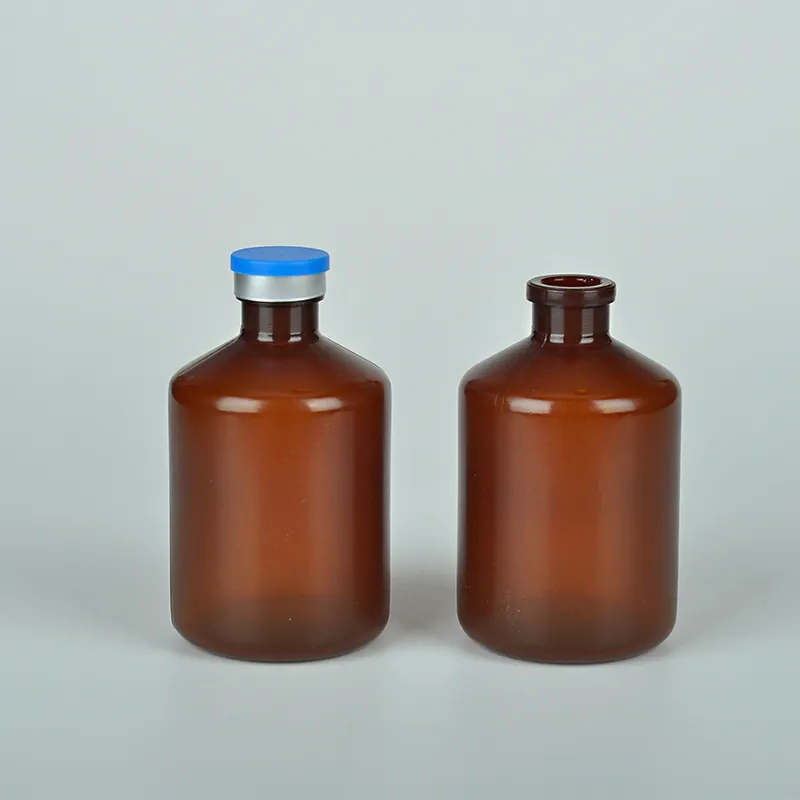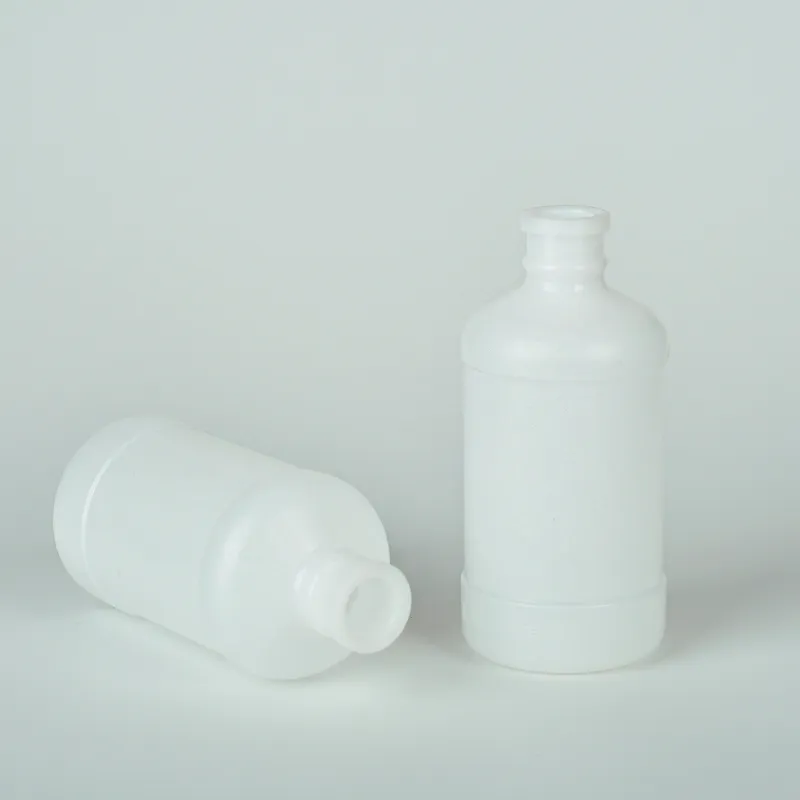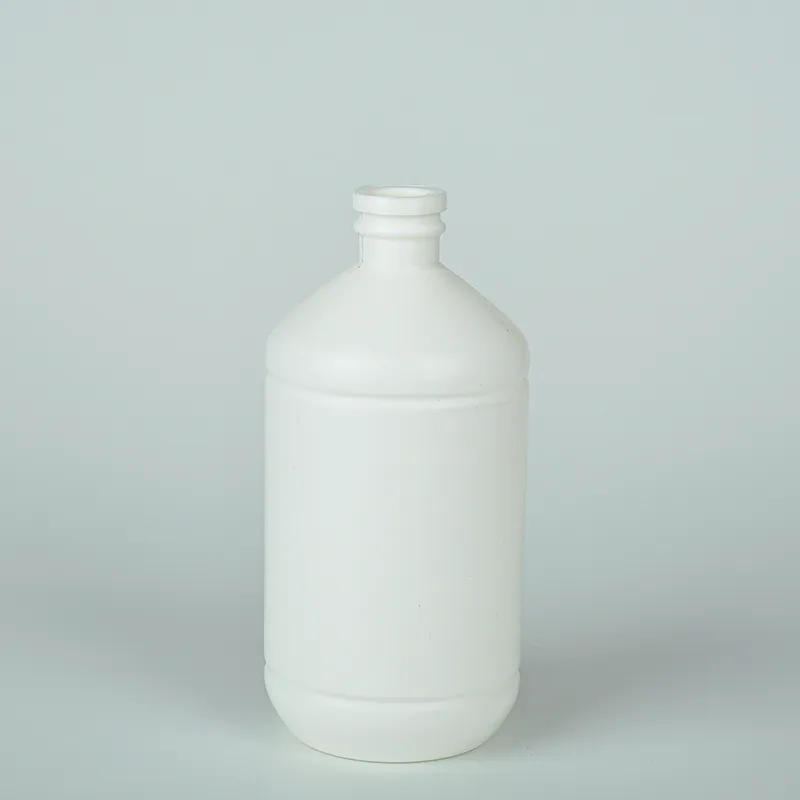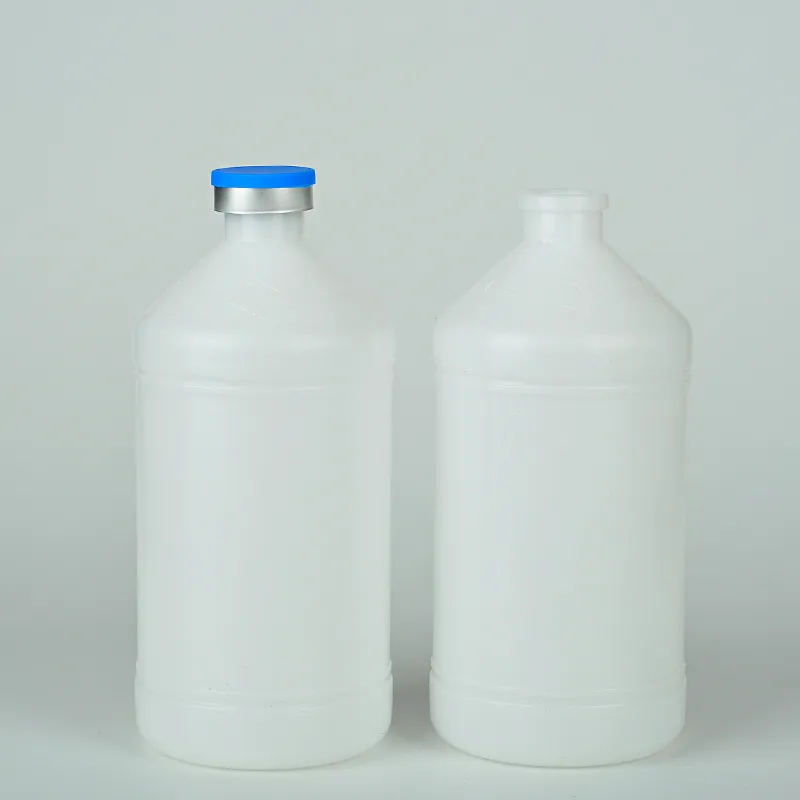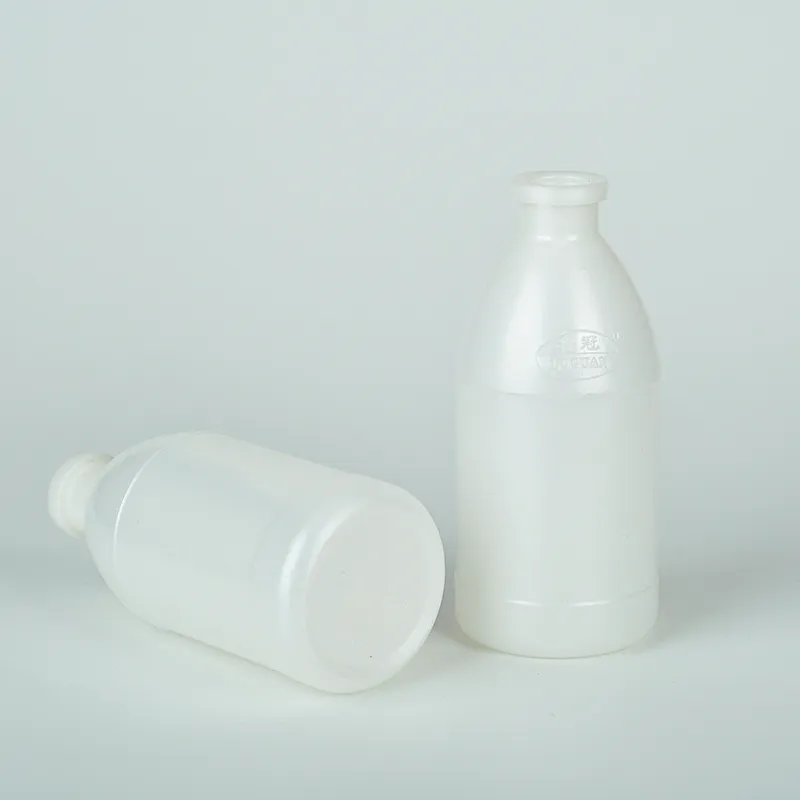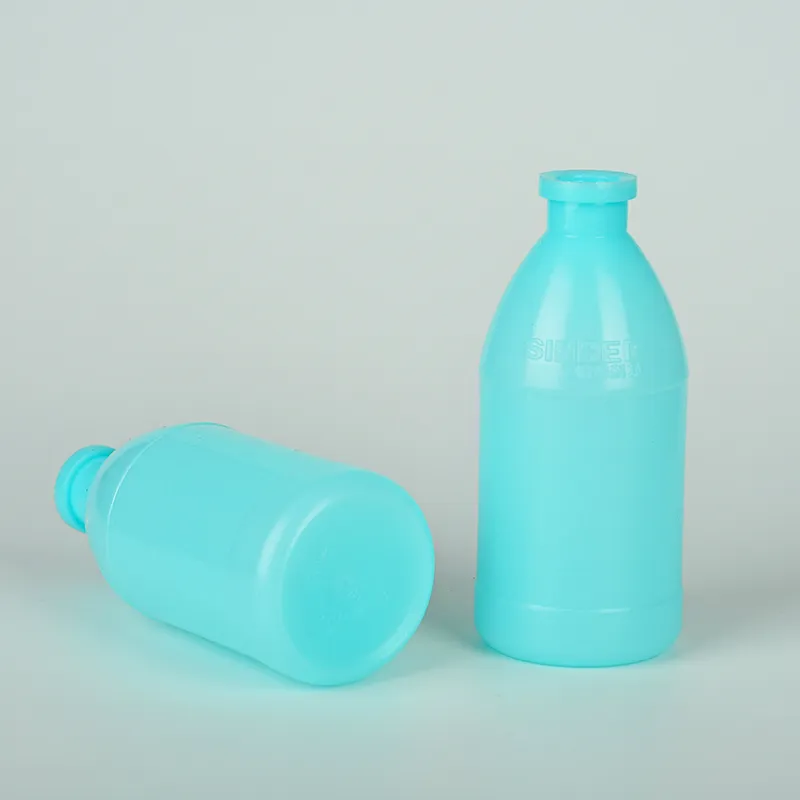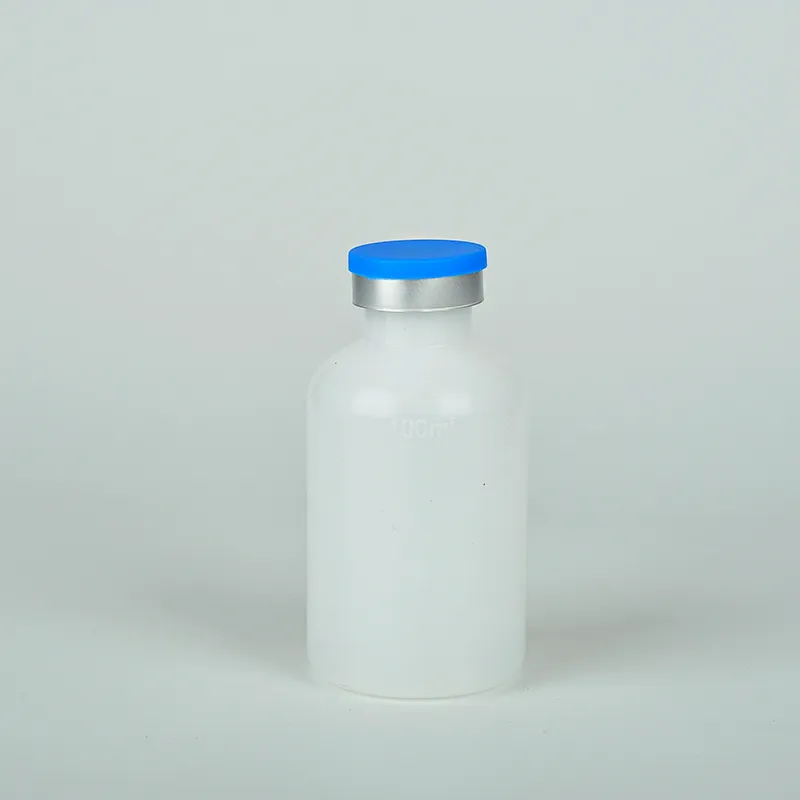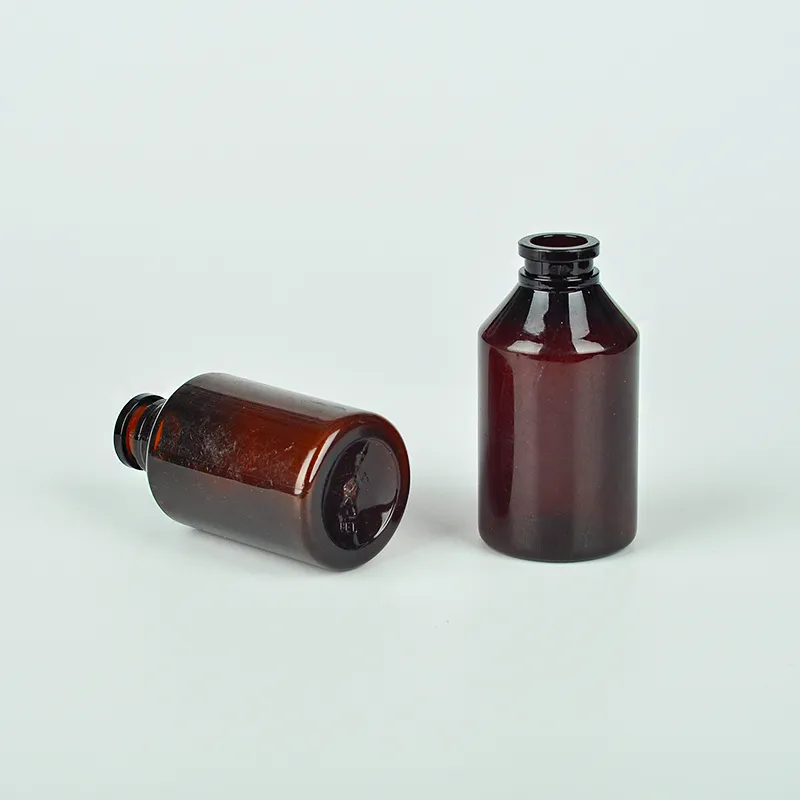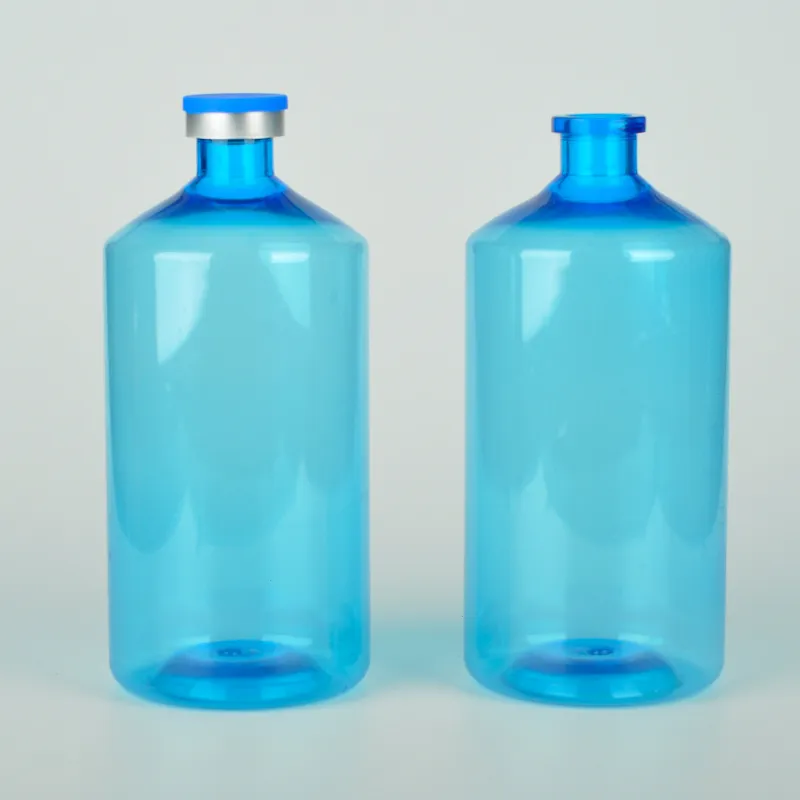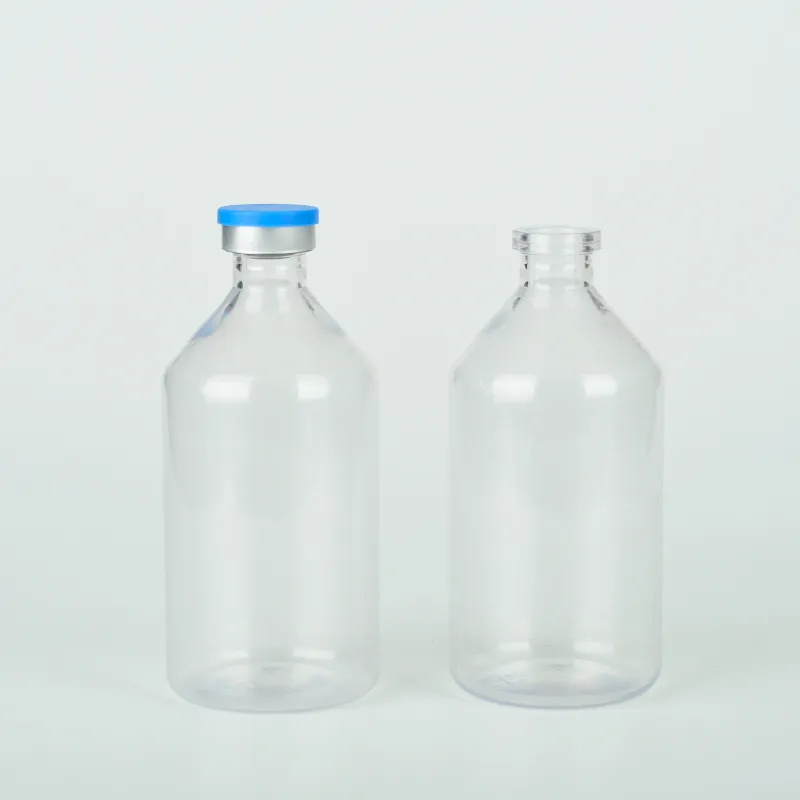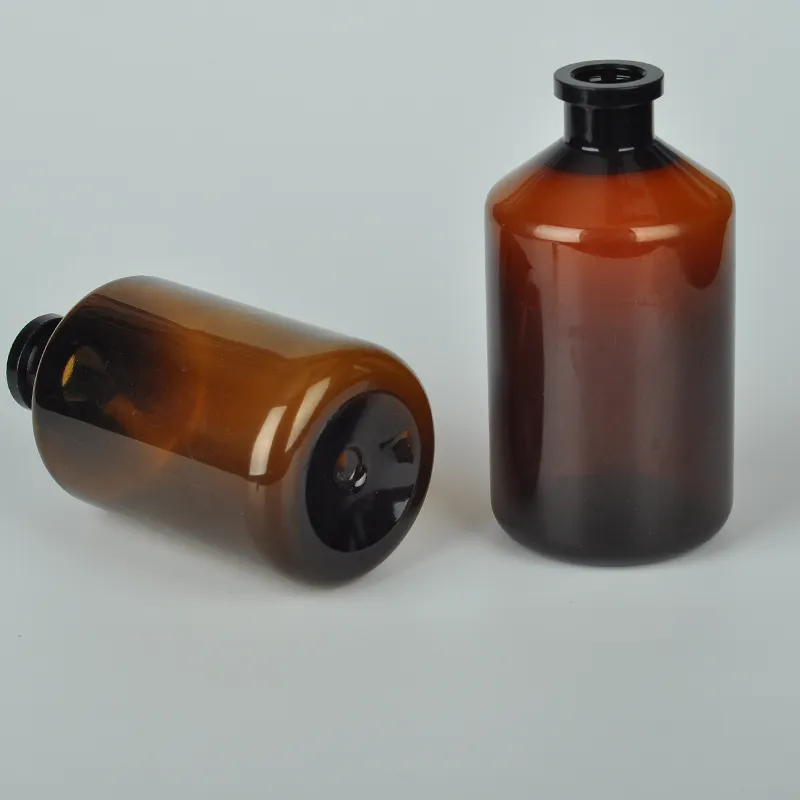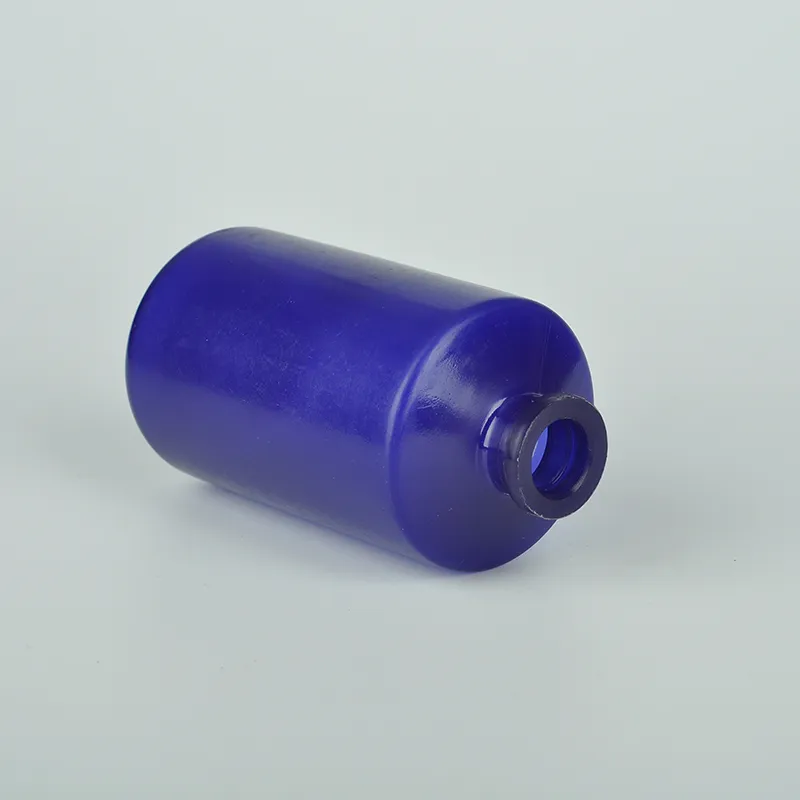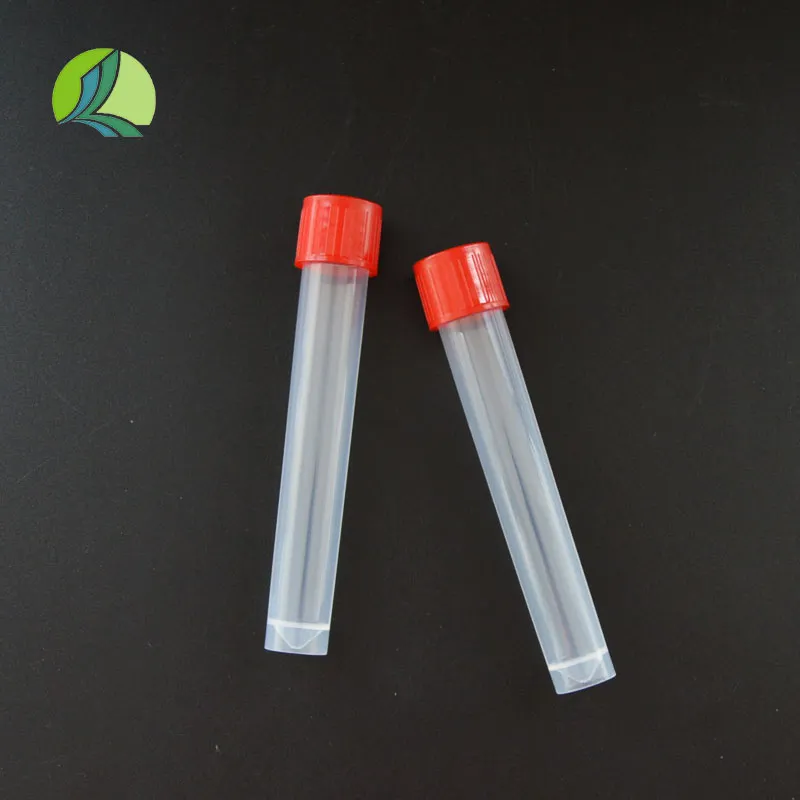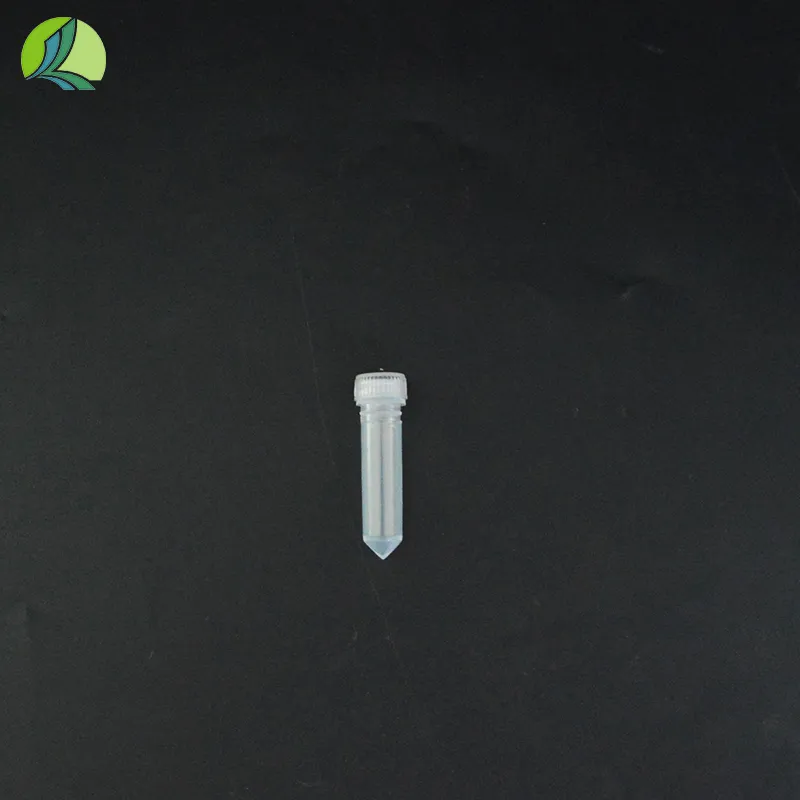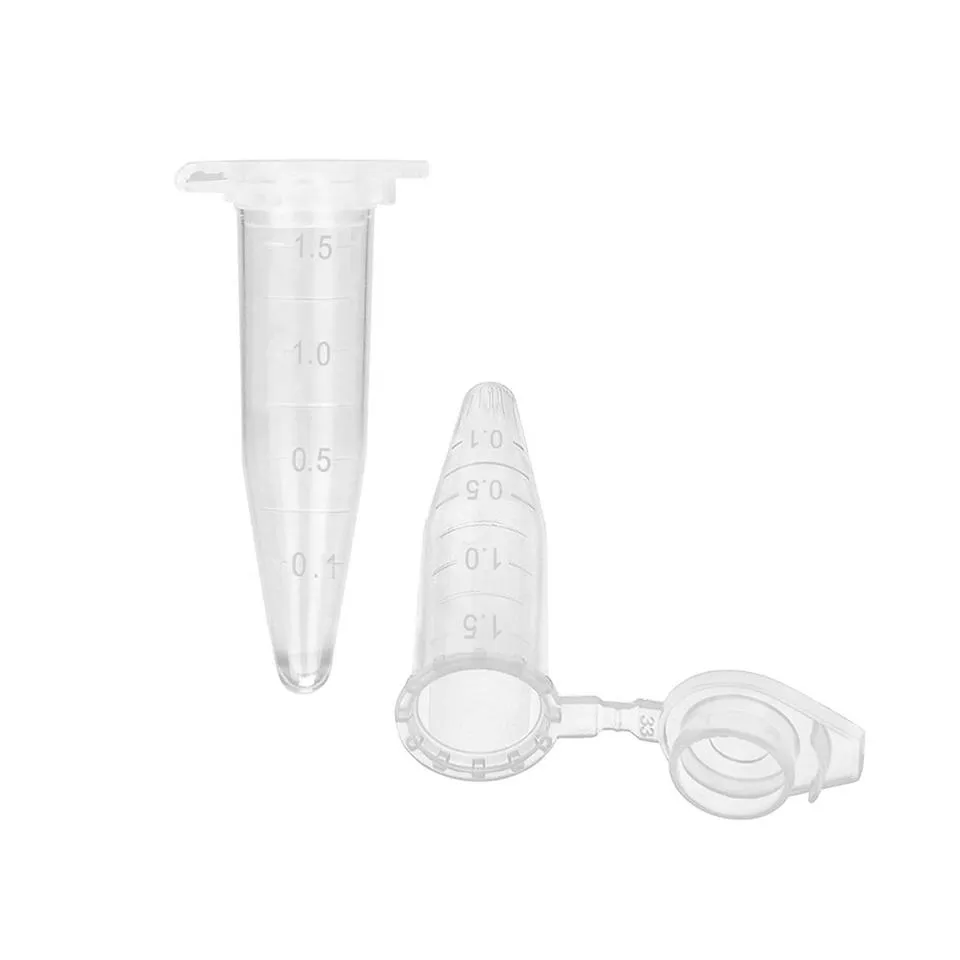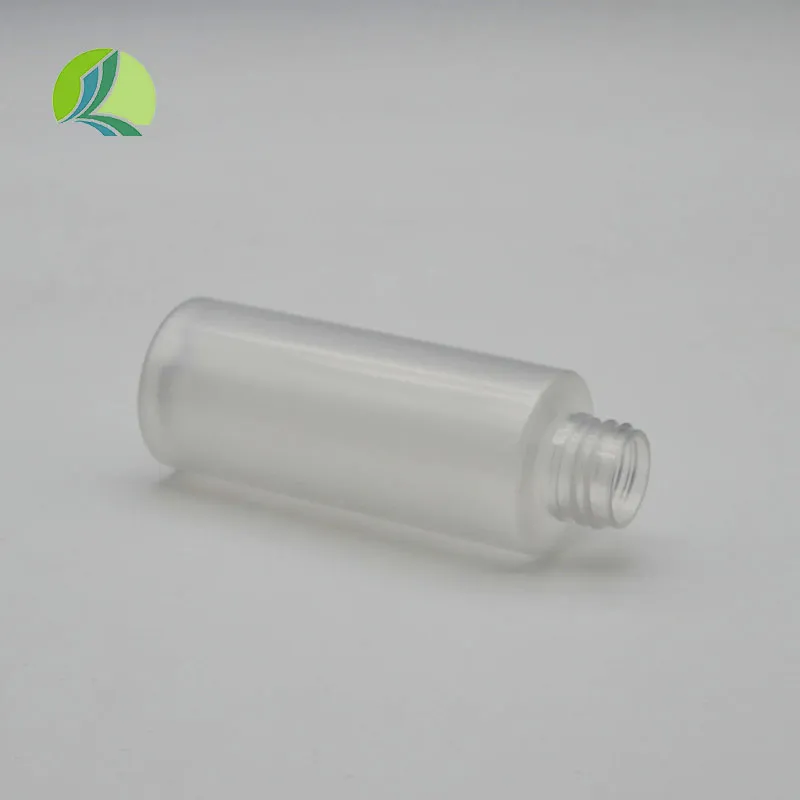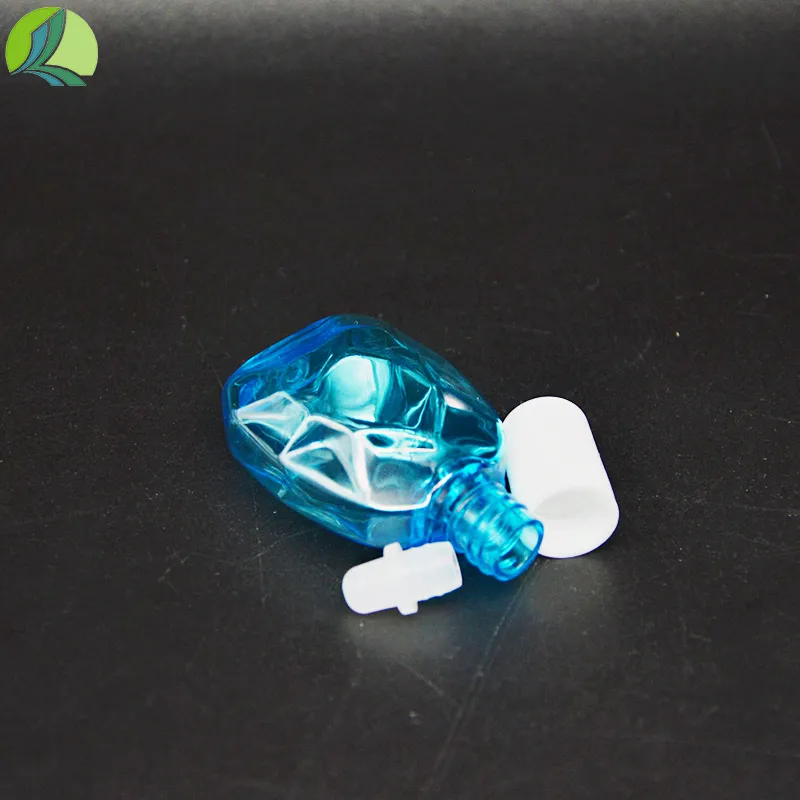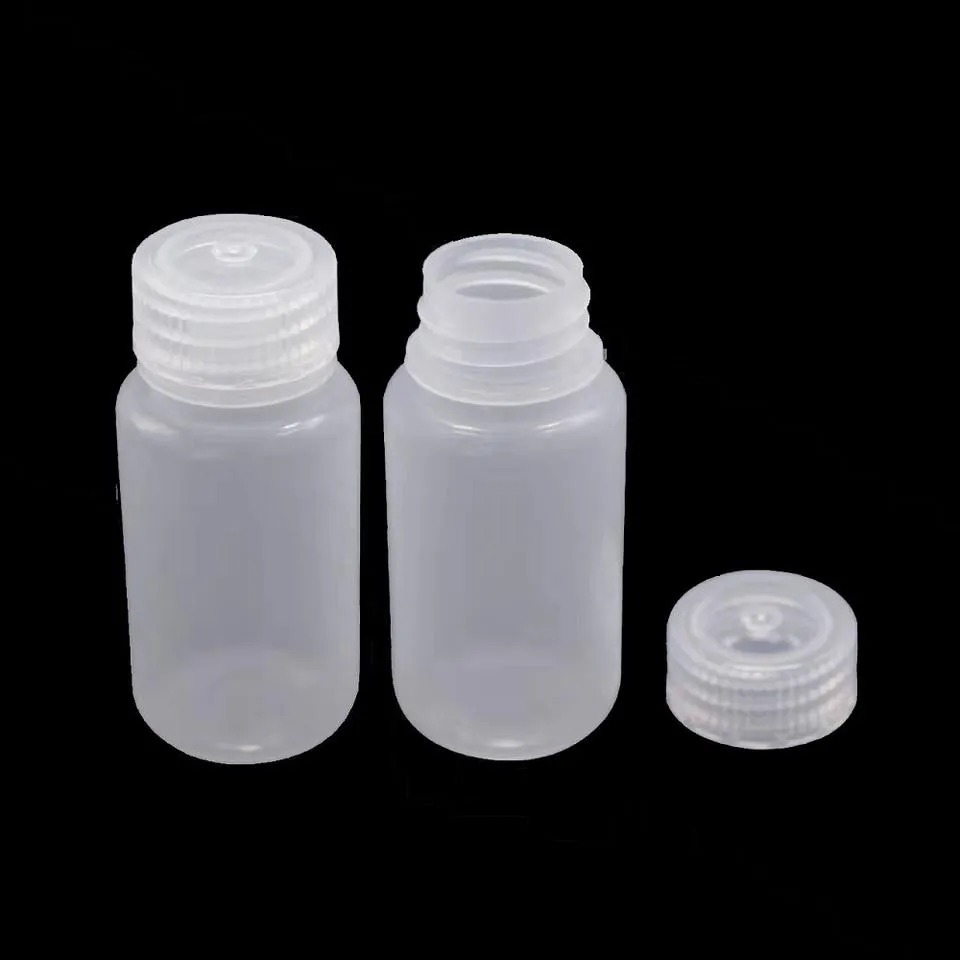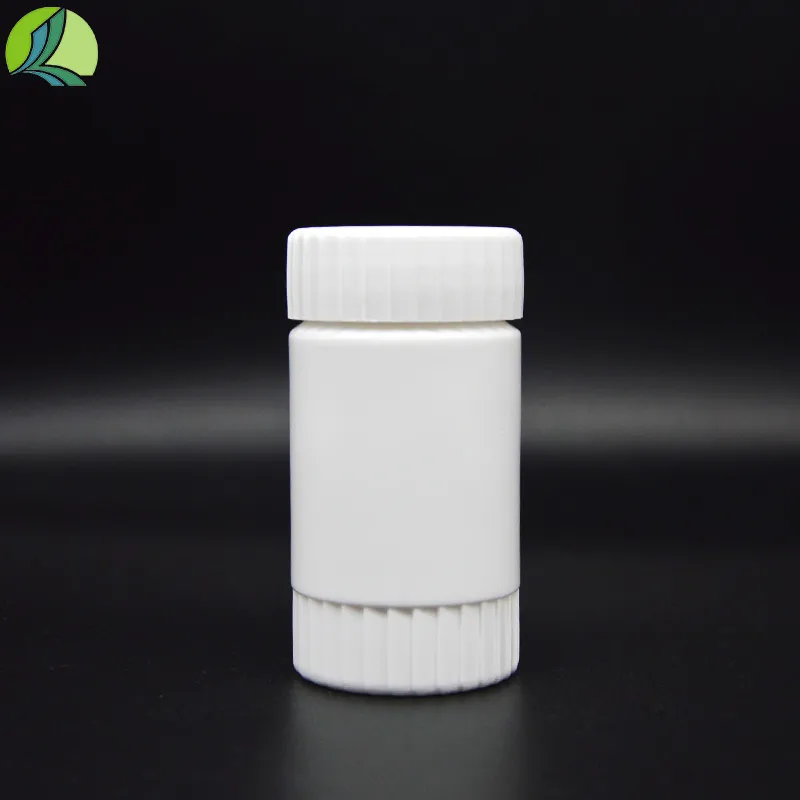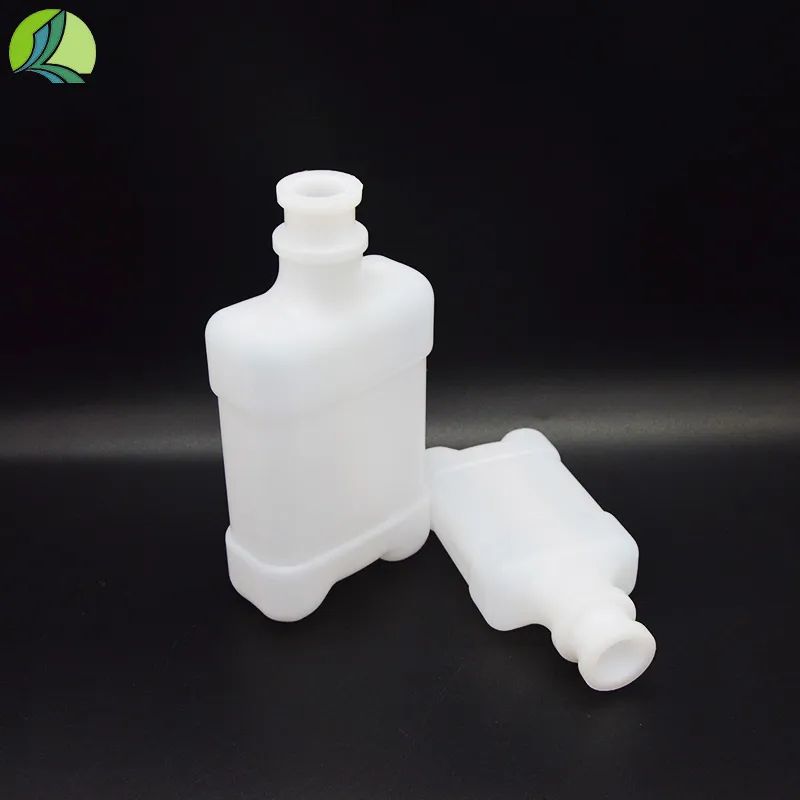
-
 Afrikaans
Afrikaans -
 Albanian
Albanian -
 Amharic
Amharic -
 Arabic
Arabic -
 Armenian
Armenian -
 Azerbaijani
Azerbaijani -
 Basque
Basque -
 Belarusian
Belarusian -
 Bengali
Bengali -
 Bosnian
Bosnian -
 Bulgarian
Bulgarian -
 Catalan
Catalan -
 Cebuano
Cebuano -
 Corsican
Corsican -
 Croatian
Croatian -
 Czech
Czech -
 Danish
Danish -
 Dutch
Dutch -
 English
English -
 Esperanto
Esperanto -
 Estonian
Estonian -
 Finnish
Finnish -
 French
French -
 Frisian
Frisian -
 Galician
Galician -
 Georgian
Georgian -
 German
German -
 Greek
Greek -
 Gujarati
Gujarati -
 Haitian Creole
Haitian Creole -
 hausa
hausa -
 hawaiian
hawaiian -
 Hebrew
Hebrew -
 Hindi
Hindi -
 Miao
Miao -
 Hungarian
Hungarian -
 Icelandic
Icelandic -
 igbo
igbo -
 Indonesian
Indonesian -
 irish
irish -
 Italian
Italian -
 Japanese
Japanese -
 Javanese
Javanese -
 Kannada
Kannada -
 kazakh
kazakh -
 Khmer
Khmer -
 Rwandese
Rwandese -
 Korean
Korean -
 Kurdish
Kurdish -
 Kyrgyz
Kyrgyz -
 Lao
Lao -
 Latin
Latin -
 Latvian
Latvian -
 Lithuanian
Lithuanian -
 Luxembourgish
Luxembourgish -
 Macedonian
Macedonian -
 Malgashi
Malgashi -
 Malay
Malay -
 Malayalam
Malayalam -
 Maltese
Maltese -
 Maori
Maori -
 Marathi
Marathi -
 Mongolian
Mongolian -
 Myanmar
Myanmar -
 Nepali
Nepali -
 Norwegian
Norwegian -
 Norwegian
Norwegian -
 Occitan
Occitan -
 Pashto
Pashto -
 Persian
Persian -
 Polish
Polish -
 Portuguese
Portuguese -
 Punjabi
Punjabi -
 Romanian
Romanian -
 Russian
Russian -
 Samoan
Samoan -
 Scottish Gaelic
Scottish Gaelic -
 Serbian
Serbian -
 Sesotho
Sesotho -
 Shona
Shona -
 Sindhi
Sindhi -
 Sinhala
Sinhala -
 Slovak
Slovak -
 Slovenian
Slovenian -
 Somali
Somali -
 Spanish
Spanish -
 Sundanese
Sundanese -
 Swahili
Swahili -
 Swedish
Swedish -
 Tagalog
Tagalog -
 Tajik
Tajik -
 Tamil
Tamil -
 Tatar
Tatar -
 Telugu
Telugu -
 Thai
Thai -
 Turkish
Turkish -
 Turkmen
Turkmen -
 Ukrainian
Ukrainian -
 Urdu
Urdu -
 Uighur
Uighur -
 Uzbek
Uzbek -
 Vietnamese
Vietnamese -
 Welsh
Welsh -
 Bantu
Bantu -
 Yiddish
Yiddish -
 Yoruba
Yoruba -
 Zulu
Zulu
Small Bottle with Pipette - Precise Dispensing 100ml Pipette Bottles for Essential Oils & Lab Use
- Introduction to small bottle with pipette
and their significance - Market statistics and industry trends for small pipette bottles
- Material science and technical advantages
- Manufacturer and supplier comparison of 100ml pipette bottle
- Customization options and advanced solutions
- Application scenarios and real-world cases
- Conclusion: Unlocking the potential of small bottle with pipette

(small bottle with pipette)
Introduction: The Role of Small Bottle with Pipette in Modern Industries
In today's rapidly evolving industries, precise liquid dispensing and storage solutions are in high demand. Among the key solutions, the small bottle with pipette stands out as an indispensable component for laboratories, pharmaceutical companies, cosmetics, chemical industries, and more. As workflows become increasingly sophisticated, efficiency, accuracy, and reliability are no longer optional but mandatory. The integration of pipette into a compact bottle system answers these demands, enabling controlled dosing, reduced waste, and contamination prevention. This article delves deeper into the specifications, technical strengths, supplier landscape, customization capabilities, and field applications of small pipette bottles, including the sought-after 100ml pipette bottle variant, to support professionals and procurement teams in making informed decisions.
Market Overview: Statistics and Trends Driving Small Pipette Bottles Adoption
The global market for small pipette bottles has experienced robust growth over the last decade. According to a 2023 report by Market Research Future, the laboratory consumables sector, including pipette bottles, is projected to reach USD 8.6 billion by 2026, reflecting a CAGR of 7.2%. Demand is propelled by expanding R&D activities, surging personalized medicine, and the exponential rise in cosmetic and chemical compounding. Notably, the pharmaceutical segment alone accounts for nearly 29% usage of such packaging solutions, while the cosmetic industry follows at 23%. The surge in at-home diagnostic and self-care kits amplifies demand for portable dosing bottles with integrated pipettes. The 100ml pipette bottle has become a preferred standard for sample transportation, reagent distribution, and essential oil packaging, balancing portability with sufficient volume. Regional trends indicate North America and Europe as primary consumers; however, Asia-Pacific is expected to demonstrate the fastest adoption, led by China and India, especially in contract manufacturing and OEM solutions.
Material Science and Technical Advantages of Small Pipette Bottles
Selecting the right material for small pipette bottles is a critical technical consideration for performance and safety. High-density polyethylene (HDPE), polypropylene (PP), borosilicate glass, and polyethylene terephthalate (PET) are the most prevalent choices. Each material offers specific benefits:
- HDPE: Outstanding chemical resistance, suitable for acids and alkalis.
- PP: High heat-resistance, autoclavable, lightweight.
- Borosilicate glass: Superior thermal shock resistance and inertness.
- PET: Excellent clarity, lightweight, and cost-effective.
Technical Data Points:
- Drop size precision: ±4% (measured at 20°C for aqueous solutions)
- Volume accuracy: Up to 0.5ml per squeeze cycle
- Leakage rate: <0.1% over six-month simulated transport
Manufacturer and Supplier Comparison: 100ml Pipette Bottle Solutions
Choosing a supplier for 100ml pipette bottles requires examining key criteria: compliance, material choice, customization capabilities, delivery timelines, and pricing. Below is a comparative table of major global manufacturers.
| Company | Material Options | Certifications | Customization | MOQ | Lead Time | Global Shipping | Price (USD/pc, 1K Units) |
|---|---|---|---|---|---|---|---|
| BottleWorks Inc. | HDPE, PP, Glass | FDA, ISO 9001 | Yes (color, label, pipette) | 500 | 16 days | Yes | 0.29 |
| ProPipette Solutions | PET, PP | ISO 8317, CE | Yes (shape, grading marks) | 1000 | 21 days | Yes | 0.25 |
| EuroLab Packaging | Borosilicate Glass, HDPE | REACH, RoHS | No | 250 | 25 days | EU Only | 0.41 |
| AsiaMed Plastics | PP, PET, LDPE | FDA, ISO 13485 | Yes (logo, color, pipette volume) | 2000 | 14 days | Yes | 0.18 |
When evaluating suppliers, consider also aftersales support, batch traceability, QA processes, and eco-friendliness of materials. Transparent quality documentation and scalable production lines are essential in high-volume applications.
Customization: Advanced Small Pipette Bottles Tailored to Application Needs
The ability to customize small pipette bottles empowers industries to maximize operational compatibility and brand differentiation. Popular customization features include bottle color (amber, cobalt blue for UV protection), graduated volume markings, tamper-evident bands, and pipette tip geometry tailored for diverse viscosities. For the 100ml pipette bottle, clients often request custom pipette draw volumes (0.25ml, 0.5ml, or 1.0ml), unique dropper lengths, and batch laser marking for traceability.
Leading suppliers typically leverage in-house mold production for rapid prototyping and offer digital printing for private labeling. In pharma and biotech, compliance with Good Manufacturing Practice (GMP) and provision of comprehensive technical dossiers (MSDS, migration test reports, and extractable/leachable studies) are frequently mandatory.
Such customization ensures product alignment with specific chemical compatibility, marketing requirements, and operational safety, resulting in superior user experience and minimized risk of non-compliance.
Application Scenarios and Case Studies: Versatility of Small Pipette Bottles
Small pipette bottles have carved a unique niche across multiple applications:
- Clinical diagnostics: Precise aliquoting of reagents for point-of-care testing
- Pharmaceuticals: Controlled dispensing of eye drops, ear drops, and topical solutions
- Cosmetics & personal care: Liquids, essential oils, and serums in compact, user-friendly packaging
- Chemical testing & calibration: Transportation and temporary storage of volatile agents
- Laboratory R&D: Sample storage where contamination-free dispensing is vital
Case Study 1: A biotech firm in Germany adopted customized 100ml pipette bottles for COVID-19 antibody testing kits. The switch led to 92% reduction in cross-contamination incidents and a 17% overall cost saving compared to legacy vials.
Case Study 2: A cosmetics manufacturer rolled out a premium serum range in blue glass small pipette bottles, resulting in a 33% improvement in customer feedback on application ease and a significant uptick in repeat purchases.
These real-world examples highlight not only the adaptability of small pipette bottles but also their impact on workflow efficiency and end-user satisfaction. Regulatory compliance and consistent dosing further cement their industry-wide adoption.
Conclusion: Unlocking the Potential of Small Bottle with Pipette
As industries continually evolve and product standards become more rigorous, the strategic use of the small bottle with pipette has proved effective for ensuring accuracy, efficiency, and brand reputation. Enhanced technical features and an expanding list of material options create new opportunities for innovation. Comparative data underline that not all 100ml pipette bottle solutions are equal—choosing the right partner and leveraging customization is pivotal. From clinical breakthroughs to consumer satisfaction in beauty, the small pipette bottle remains a cornerstone of modern fluid handling and packaging. To remain ahead, organizations should require strict quality benchmarks, invest in advanced customization, and regularly review supplier competitiveness. The future undoubtedly holds broader applications, particularly as sustainability and traceability gain traction in regulated industries.
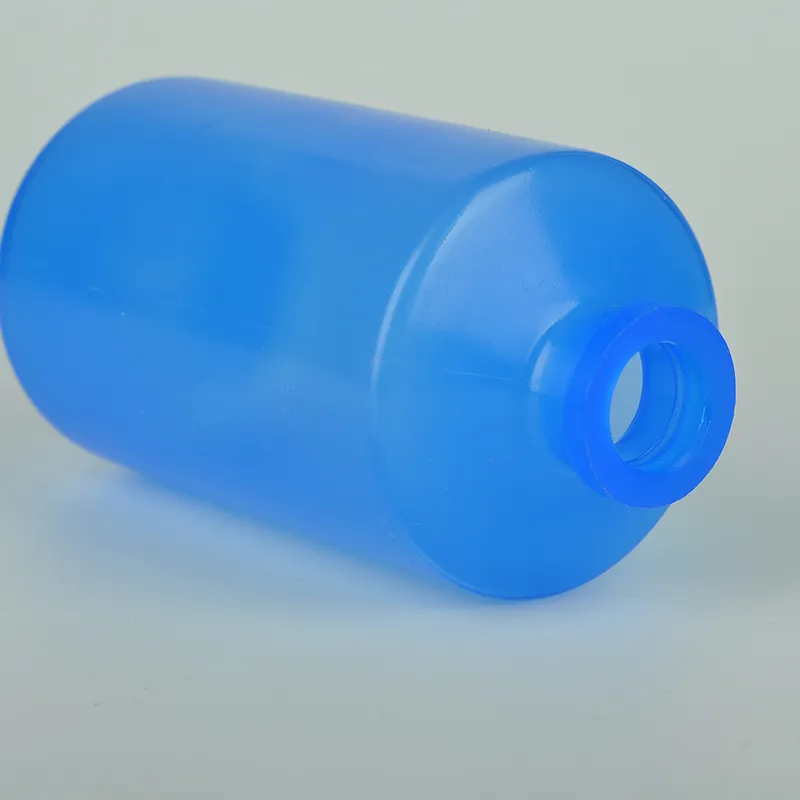
(small bottle with pipette)
FAQS on small bottle with pipette
Q: What is a small bottle with pipette used for?
A: A small bottle with pipette is commonly used to dispense precise amounts of liquid, such as essential oils or serums. The pipette allows for controlled dosing. It's ideal for laboratory and cosmetic applications.
Q: Are small pipette bottles suitable for travel?
A: Yes, small pipette bottles are compact and leak-proof, making them excellent for travel. They allow easy and accurate dispensing on the go. You can fill them with personal care or medicinal liquids.
Q: What materials are 100ml pipette bottles typically made from?
A: 100ml pipette bottles are usually made from glass or high-quality plastic. These materials ensure chemical resistance and maintain purity of contents. The pipette is often made of glass or plastic as well.
Q: Can I reuse small pipette bottles?
A: Yes, small pipette bottles can often be reused after proper cleaning and sterilization. This makes them eco-friendly and cost-effective. Always ensure no residue remains before refilling.
Q: How do I clean a small bottle with pipette?
A: To clean, rinse the bottle and pipette with warm soapy water, then rinse thoroughly with clean water. Allow all parts to air dry completely before reuse. For sensitive uses, sterilize them as needed.
-
500ml White Plastic PP Veterinary Vaccine Bottle | Animal LabNewsAug.03,2025
-
28 Mouthfuls White Plastic Vaccine Vials 100ml/25ml Lab & VetNewsAug.02,2025
-
250ml Blue Translucent Medical Plastic Vaccine VialsNewsAug.01,2025
-
White 250ml Clear Plastic Vaccine Vial | Lab & Vet UseNewsAug.01,2025
-
Premium Polypropylene Falcon Tubes with GPT-4 Turbo AINewsJul.31,2025
-
Animal Laboratory 500ml White Plastic Veterinary Medicine Bottle PP Vaccine BottleNewsJul.30,2025



